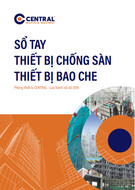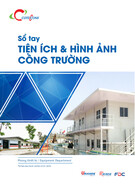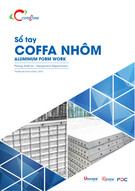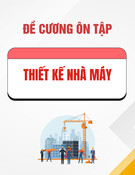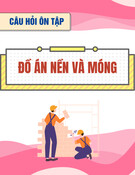
Journal of Science and Technology in Civil Engineering, HUCE, 2024, 18 (4): 83–97
CAUSES OF CRANE SAFETY RISK IN THE VIETNAMESE
CONSTRUCTION INDUSTRY
Ngo Thanh Longa,∗
, Nguyen Hoang Gianga
aFaculty of Mechanical Engineering, Hanoi University of Civil Engineering,
55 Giai Phong road, Hai Ba Trung district, Hanoi, Vietnam
Article history:
Received 20/8/2024, Revised 15/10/2024, Accepted 18/12/2024
Abstract
Crane is one of the most important machineries in the construction field. They are used to move large or heavy
loads on most construction sites. However, crane operations in construction are very dangerous activities and
contribute to a big ratio of serious accidents around the world and in Vietnam. The paper aimed to identify and
evaluate crane safety risk causes as well as groups of causes in the Vietnamese construction industry. The paper
evaluated from the perspective of various related people involved in crane activities, namely drivers, managers,
and workers. A well-structured questionnaire using a five-point Likert scale was produced and sent to collect
data from 60 valid crane-related practitioners. The paper finds 59 specific causes that give rise to crane safety
risks in the Vietnamese construction industry. However, there are noteworthy differences in answers from
managers, drivers, and workers. The managers, drivers, and workers showed the most common safety risks
“Stress of crane workers due to time pressure”, “Insufficient safety awareness and behavior of crane workers”,
and “Subcontractor does not establish safety funds for the construction safety”, respectively. They pointed
out that “Crane manufacturers with bad manufacturing quality” are the most severe cause of safety risk. The
managers, drivers, and workers also showed the highest safety risk level of cause “Stress of crane workers due
to time pressure”, “Insufficient supervise of main contractor for the crane foundation and installation task”,
and “Government lacks a good implementation of certificate management and graduation for crane operators”,
respectively. Crane management of construction site-related causes is the most common safety risk and the
highest safety risk level. Regulatory bodies and stakeholders-related causes have the highest degree of severity.
Keywords: crane safety risk; construction sites; construction safety; construction industry.
https://doi.org/10.31814/stce.huce2024-18(4)-07 ©2024 Hanoi University of Civil Engineering (HUCE)
1. Introduction
The construction field has a high risk and causes a lot of deaths at construction sites [1–9]. It also
represents 21.5% of fatal accidents and 12.7% of non-fatal accidents [10]. For example, Construction
in the United States is one of two sectors that have the highest fatality rate with 1056 deaths in 2022
[11]. The developed countries contribute about 20-40% of deadly accidents in the construction sector
[12]. Brazil had 31.904 construction-related accidents and 263 deaths in 2018 [13]. The construction
industry in Vietnam contributes to many serious accidents. It accounts for about 18.27% of accidents
in the total number of accidents and 20.03% of deaths in the total number of deaths in accidents
in 2023 [14]. The construction site is a complex environment and uses many cranes for moving
and lifting material and heavy objects. Therefore, cranes are one of the primary causes of fatalities
and the most serious items of equipment on construction sites [15,16]. The cranes cause about
17% of all construction equipment-related accidents [17]. The United States contributed 377 crane-
related accidents and 39.3% of fatal accidents between 2011 and 2020 [18]. China had 27.9% of
fatal accidents from 2012 to 2016 [19]. Hong Kong accounted for 18,6% of crane-related fatalities in
∗Corresponding author. E-mail address: longnt@huce.edu.vn (Long, N. T.)
83

























